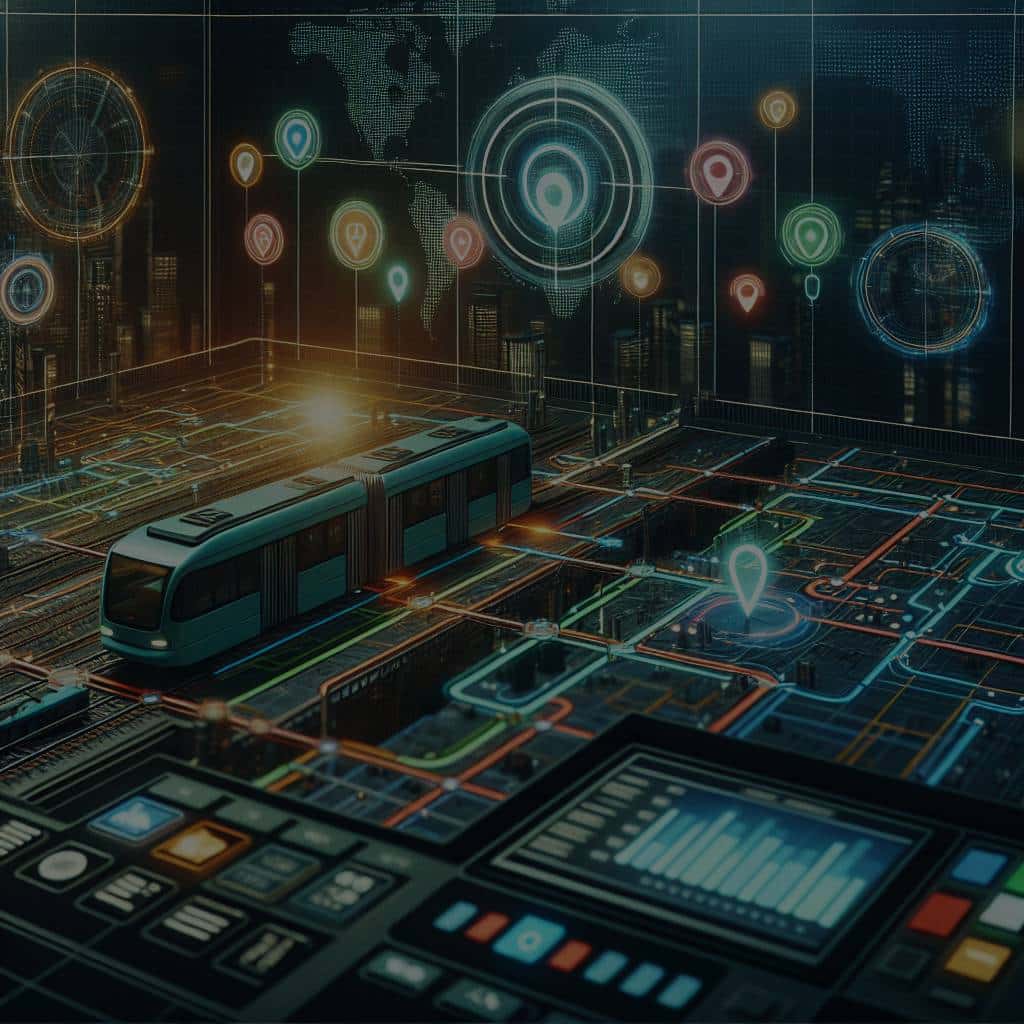How Is AI Being Applied to Optimize Public Transit Schedules and Reduce Delays?

Public transportation is a lifeline for many cities around the world. It provides a means for people to travel efficiently and affordably from one point to another. But, just like any system involving complex logistics and a myriad of variables, public transit can sometimes be inconsistent. Delays, traffic, and inefficient schedules can cause a lot of headaches for commuters. Can technology offer solutions? Yes, it can, and it is, through the application of Artificial Intelligence.
The Role of AI in Transport Management Systems
In the realm of transport management, AI is no longer a futuristic concept. It’s here, and it’s making a real difference. AI, with its ability to process vast amounts of data and make predictions based on complex algorithms, can help create more efficient public transportation systems.
A lire également : What Impact Will In-Memory Computing Have on Real-Time Data Processing?
AI-based transportation management systems can analyze data from traffic sensors, GPS devices on public transport vehicles, and user feedback to optimize transit schedules. By processing real-time data, these systems can adjust schedules and routes to account for changes in traffic conditions, vehicle availability, and passenger demand.
Machine learning algorithms allow these systems to learn from historical data and improve their efficiency over time. For instance, they can predict periods of high demand based on past trends and adjust vehicle deployment accordingly. This dynamic scheduling can lead to fewer delays, less crowding, and a more reliable service for passengers.
A voir aussi : How can you use a chatbot to manage your diary ?
AI and Real-Time Traffic Data
Traffic congestion is a significant factor causing delays in public transit. Traditional traffic management systems often struggle to cope with the unpredictability of road conditions. However, AI can make a difference in this area too.
Artificial Intelligence can process real-time traffic data to predict congestion and suggest alternative routes for public transit vehicles. This real-time adjustment of routes can help to reduce delays and ensure that passengers reach their destinations on time.
Furthermore, AI can also use historical traffic data to identify patterns and trends. For instance, if a particular road section regularly experiences traffic jams at a certain time, the system can anticipate this and adjust the transit schedule or route in advance. By making these preemptive decisions, AI can improve the overall efficiency and reliability of public transit.
Improving Public Safety through AI
Beyond improving efficiency and reducing delays, AI also has the potential to enhance safety in public transportation. The system can monitor a host of factors, such as vehicle speed, driver behavior, and road conditions, to identify potential safety risks.
AI algorithms can predict potential road accidents based on data like traffic condition, weather, and vehicle condition. Upon predicting a high-risk situation, the AI system can alert the concerned authorities or even take proactive measures to mitigate the risk. This could include suggesting an alternative route or adjusting the schedule to avoid high-risk scenarios.
Moreover, AI surveillance systems installed in public transit vehicles can detect unusual activities or behaviors, thereby improving security for passengers.
Learning from Data for Future Improvements
A key strength of AI is its ability to learn from data over time, using machine learning algorithms. This means that the more data the AI system processes, the more accurate and efficient it becomes at optimizing public transit schedules.
The AI system continually evolves by learning from each transportation cycle’s successes and failures. It refines its algorithms based on this learning, resulting in more efficient scheduling, improved safety measures, and better traffic management.
For example, suppose the system identifies that a particular bus route consistently gets delayed due to a traffic bottleneck at a specific location. In that case, it might suggest rerouting the bus or changing the schedule to avoid the rush hour.
This continual learning and adaptation ensure that the AI system stays relevant and effective, even as cities grow and their transportation needs change.
Artificial Intelligence is proving to be a game-changer for public transportation. Its capacity to process vast amounts of data in real time, predict future scenarios based on past data, and continually learn and improve makes it an invaluable tool for optimizing public transit schedules and reducing delays. The future of public transportation is exciting, and AI is leading the way.
Autonomous Vehicles and AI in Public Transit
The application of Artificial Intelligence in public transport isn’t limited to schedule optimization and traffic management. Another emerging trend is the use of autonomous vehicles in public transit, facilitated by advances in AI technologies.
AI-enabled autonomous vehicles can operate without a human driver, using an array of sensors and onboard systems to understand their surrounding environment and navigate through it. These vehicles can follow predefined routes, stop at designated stations, and even adjust their routes based on real-time traffic conditions.
Integrating autonomous vehicles into a public transit system can lead to significant improvements in efficiency and reliability. For instance, by eliminating the potential for human error, autonomous vehicles can help to reduce accidents and ensure more predictable travel times.
In addition, the use of autonomous vehicles can help to improve the energy management of a public transit system. These vehicles can optimize their driving behavior to conserve fuel, contributing to a more sustainable and eco-friendly public transit system.
Finally, autonomous vehicles can operate 24/7, providing a continuous service for passengers and potentially expanding the reach of public transit to underserved areas or during off-peak hours.
AI and Shared Mobility
As cities continue to grow and evolve, shared mobility is emerging as a critical component of the urban transportation landscape. Many people are now choosing to use shared mobility services, like ride-sharing or bike-sharing, as an alternative to owning a private vehicle.
AI can play a critical role in optimizing shared mobility services. Just like with public transit, AI can analyze big data from shared mobility operations, including real-time usage data, to optimize service provision. For instance, an AI system can predict periods of high demand for shared mobility services and adjust the availability of vehicles accordingly.
Furthermore, AI can assist in route optimization for shared mobility services, ensuring that shared vehicles take the most efficient routes to their destinations. This can lead to reduced travel times, lower fuel consumption, and improved user satisfaction.
Conclusion
The potential of Artificial Intelligence to revolutionize public transportation is immense. Through its capacity to process and learn from vast amounts of data, AI can optimize transit schedules, improve traffic flow and safety, facilitate the operation of autonomous vehicles and enhance shared mobility services.
While there are still challenges to overcome, the progress made so far is promising, and the future of public transportation, powered by AI, looks bright. As AI continues to evolve and mature, it will play an ever-increasing role in shaping the future of public transit, making it more efficient, reliable, safe, and sustainable.
In the long term, the integration of AI into public transportation could fundamentally transform how we move around in our cities, leading to a more efficient and sustainable urban transportation system. We are just at the beginning of this exciting journey, and the possibilities are endless.
